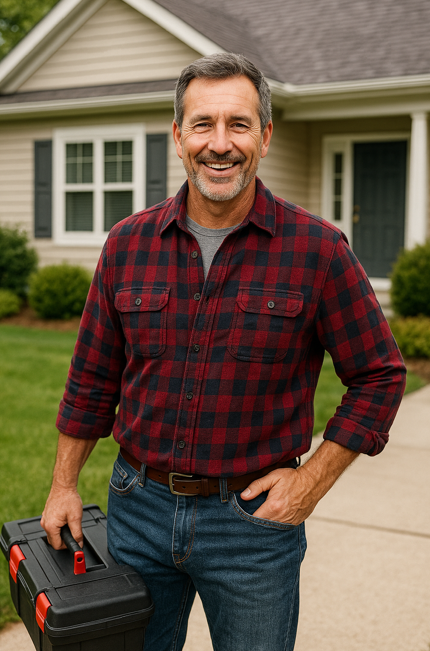Hey there, I’m Mike Sanders. If you're like most folks I help out, you're hearing about this new "R-32 gas furnace" stuff and wondering, "Do I really need to care?" Short answer? Yes, you do. Not because it’s trendy, but because it could save you serious money, increase your home’s efficiency, and future-proof your HVAC system.
This guide is written just for homeowners like you—no jargon, just real-world info that helps you make the best call for your home and budget.
What Is R-32?
Let’s start with the basics. R-32 is a next-generation refrigerant used in air conditioners and heat pump systems. It’s part of the newer class of A2L refrigerants, which means it's low in global warming potential (GWP) and mildly flammable—but more on that in a bit.
So why is it showing up in gas furnace systems? Because modern HVAC systems often include both furnace and cooling components, and R-32 is rapidly becoming the industry standard for the cooling side.
Learn more about R-32 Refrigerant from Daikin
Why It Matters to Gas Furnace Buyers
1. Environmental Regulations Are Changing
R-410A and other older refrigerants are being phased out due to high GWP. The U.S. EPA and international environmental groups are pushing for low-GWP alternatives, and R-32 checks that box.
Reference: EPA's SNAP Program
If you’re buying a new gas furnace and matching it with an air conditioner or heat pump, going with an R-32-ready system helps you stay ahead of upcoming regulations.
2. It Delivers Better Efficiency
R-32 systems require less refrigerant per BTU, which means less energy use, lower utility bills, and better performance during extreme hot and cold days.
Many R-32 systems are designed with variable-speed technology that complements two-stage or modulating gas furnaces, resulting in smoother operation and longer system lifespan.
Read more on Energy.gov’s Guide to Efficient Heating
3. Lower Long-Term Costs
R-32 is more affordable to manufacture and recharge than other low-GWP refrigerants like R-454B. That makes servicing your system less expensive down the road.
Plus, many R-32-compatible systems qualify for energy-efficiency rebates and tax credits.
Explore incentives at DSIRE USA
Is R-32 Safe?
This is one of the most common questions I get.
Yes—when installed and maintained properly, R-32 is safe for residential use. It does fall under the "mildly flammable" category (A2L), but safety codes and technician training have evolved to handle it.
Manufacturers like Goodman, Daikin, and Carrier have built-in pressure relief valves, leak sensors, and airflow protections in all their R-32 systems.
Read about ESCO Group's Refrigerant Transition
What to Look for in an R-32 Gas Furnace System
When shopping, make sure you’re getting a matched system where the air conditioner or heat pump uses R-32 and the gas furnace is designed to complement it.
Key Features:
-
AFUE rating of 96%+ (look for ENERGY STAR labels)
-
Two-stage or modulating gas valve for better comfort control
-
ECM blower motor for energy efficiency
-
Smart thermostat compatibility
Check out our selection of R-32 AC and Gas Furnace Systems
Is It Compatible with Your Home?
Before you make the leap, you need to know:
-
Is your ductwork in good shape?
-
Can your electrical panel support the condenser specs?
-
Is your local HVAC pro trained to install A2L systems?
These aren’t deal breakers, but they’re worth double-checking to avoid surprises.
Final Thoughts from Mike
Buying a new gas furnace is a big investment. Choosing one that pairs with R-32 refrigerant isn’t just a smart move for the environment—it’s a long-term win for your wallet and comfort.
If you want a system that’s efficient, up-to-date, and built to last, I’d go with an R-32-compatible gas furnace system without hesitation.
Feel free to explore our full lineup of R-32 systems right here. And if you have any questions, just reach out. I’m always happy to help a fellow homeowner make a solid choice.
Stay warm, stay smart.
—Mike Sanders







